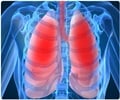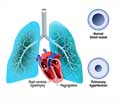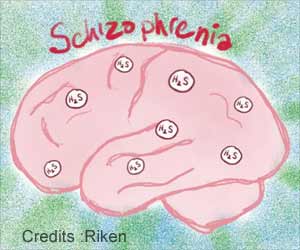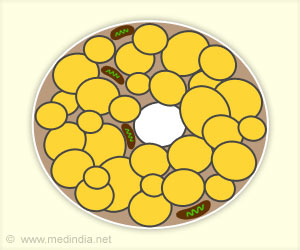Helium - a colourless, odourless and tasteless chemical element - could help treat respiratory disorders, say researchers in Canada.
Helium - a colourless, odourless and tasteless chemical element - could help treat respiratory disorders, say researchers in Canada.
Patients with chronic obstructive pulmonary disease (COPD) have difficulty breathing out and often air is trapped in the lungs at the end of each breath. This has been shown to be one of the primary reasons for shortness of breath experienced by these patients, reported health portal Medical News Today.Combining helium and hyperoxia (excess oxygen in body tissues) slows down the frequency of breathing while making the air easier to breathe. This combined effect reduces the amount of air trapped in the lungs during exercise, researchers said.
By combining helium with 40 percent oxygen allowed patients with COPD to increase their exercise capacity by an average of 245 percent, found Neil Eves and other researchers at the University of Alberta in Edmonton, Canada.
COPD is a disease of the lungs caused by smoking and includes the conditions of emphysema and chronic bronchitis.
Helium is the least reactive of the nearly inert noble gas elements. Its boiling and melting points are the lowest among the elements. Except in extreme conditions, it exists only as a gas. After hydrogen, helium is the second lightest element and also the second most abundant element in the universe.
This was the first study to demonstrate that helium-hyperoxia (40 percent oxygen, 60 percent helium) improves the exercise tolerance of COPD patients to a greater extent than only oxygen, which is currently used for treating patients with this disorder.
Advertisement
The results of the study were published recently in the American Journal of Respiratory Critical Care Medicine.
Advertisement
PRI











